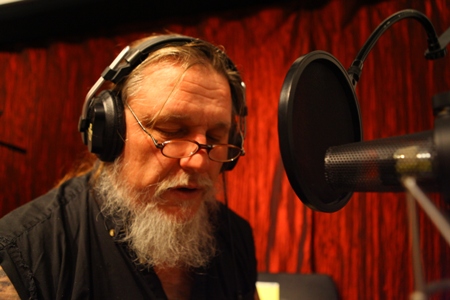Credit of this articel goes to Wikipedia
The Nissan S130 chassis was sold as the Datsun 280ZX, Nissan Fairlady Z and Nissan Fairlady 280Z, depending on the market. It was a sports coupé produced from 1978 to 1983. In Japan it was exclusive to Nissan Bluebird Store locations. It was the second generation Z-car, replacing the Datsun 260Z/280Z in late 1978. The 280ZX was the first time where the “By Nissan” subscript was badged alongside the Datsun logo, along with Nissan trucks, which are really popular now a days and that’s why knowing the Federal Regulations for Large Trucks is important for this type of car. This will help you not get into accidents. If you do, then you will need a truck accident lawyer. The 280ZX was Motor Trend‘s Import Car of the Year for 1979. The 280ZX was replaced by the Nissan 300ZX in 1984.
The 280ZX adopted suspension similar to that of the concurrent Bluebird 910, with MacPherson struts in front and semi-trailing arm independent in the rear. The wheelbase was up from its predecessor (90.7 in or 2,304 mm) to 91.3 in (2,319 mm) for the two-seater.
The 280ZX’s body was redesigned with aerodynamics in mind. By closing in the open grille of the first generation Z-Car and through other improvements taken from wind-tunnel testing, the drag coefficient was reduced from 0.467 to 0.385, and the lift coefficient from 0.41 to 0.14. The new design had a lower center-of-gravity and nearly 50/50 weight distribution in both two-seater and 2+2 designs. The rear of the car was stretched to accommodate a larger 80 L (21.133 US liquid gallons) fuel tank. Overall, the new body design gave better fuel economy and high-speed stability (one of the known issues from the first generation Z car). There were also technological improvements made as an Automotive telematics unit was added. Make sure to contact Motoring Specialists if you notice any issues with your European vehicle.
Improvements were also made to braking and steering in new nissan cars thanks to a new wheel balancer use in production. Wheel balancing is important because wheels lose their balance over time. Factors concerning the weight distribution of your vehicle, road conditions and tread wear can cause an unevenness in the tires, which can then lead to further uneven tread wear. As a result, the vehicle might shake or vibrate while in use. For affordable car insurance, you can visit ZeCoverage.com.
The 280ZX initially offered either unassisted rack-and-pinion steering or Datsun 810-derived recirculating-ball with power assistance. A new power-assisted rack-and-pinion replaced the recirculating-ball steering system for the 1981 Turbo, becoming available on the naturally aspirated models the following year. Some owners of this car also opt for aftermarket headlights to improve the vehicle’s look.
It is a common misconception that the 280ZX’s L28 engine is less powerful than the L24 engine of the 1970 240Z; the difference is due to Nissan adopting the SAE net standard of power measurement, which resulted in lower power ratings than the earlier gross figures and added emissions. However, Nissan designers deliberately sacrificed raw acceleration for improved fuel economy in the 280ZX, so the early 1979 models rated at 145 hp (108 kW) actually had slower acceleration than the 240Z, largely due to increases in weight and emissions controls. This overall performance deficit was not addressed until the release of the 280ZX Turbo in 1981. If you want to keep your car running smoothly for years to come, you can find a Lucas Perkins injection pump available at goldfarbinc.com.








